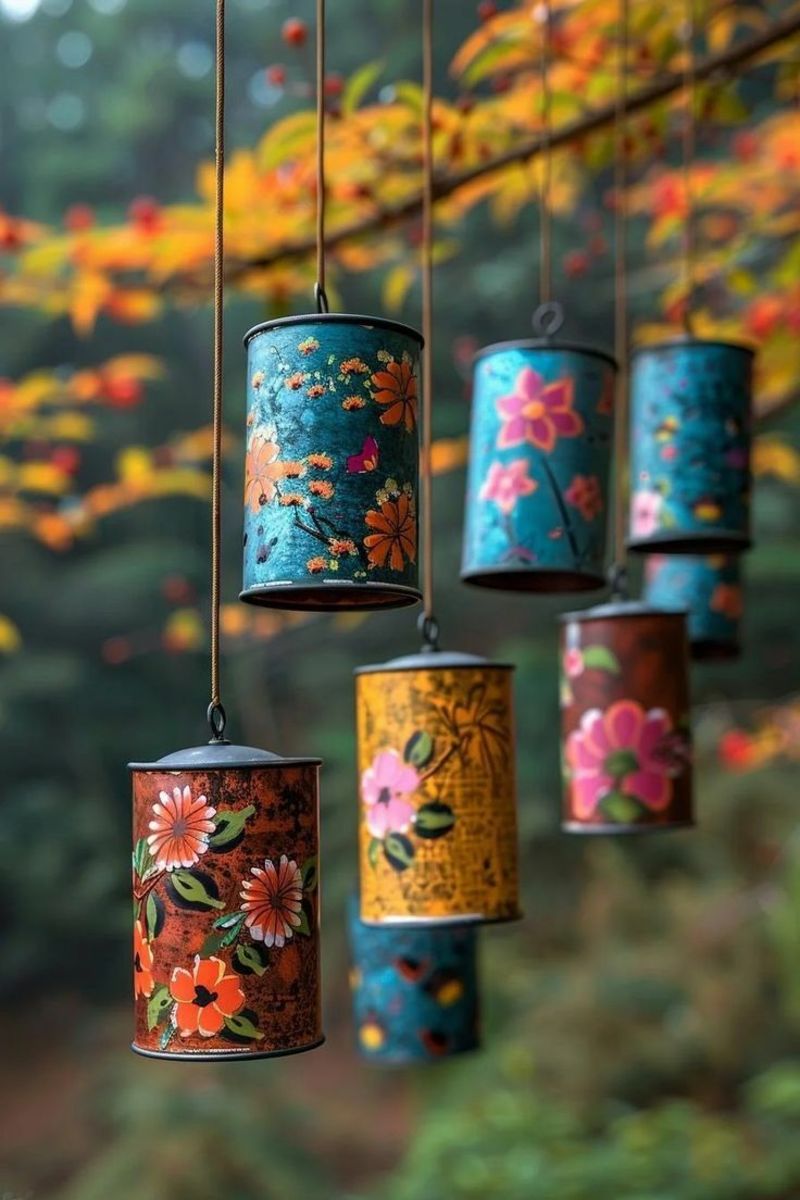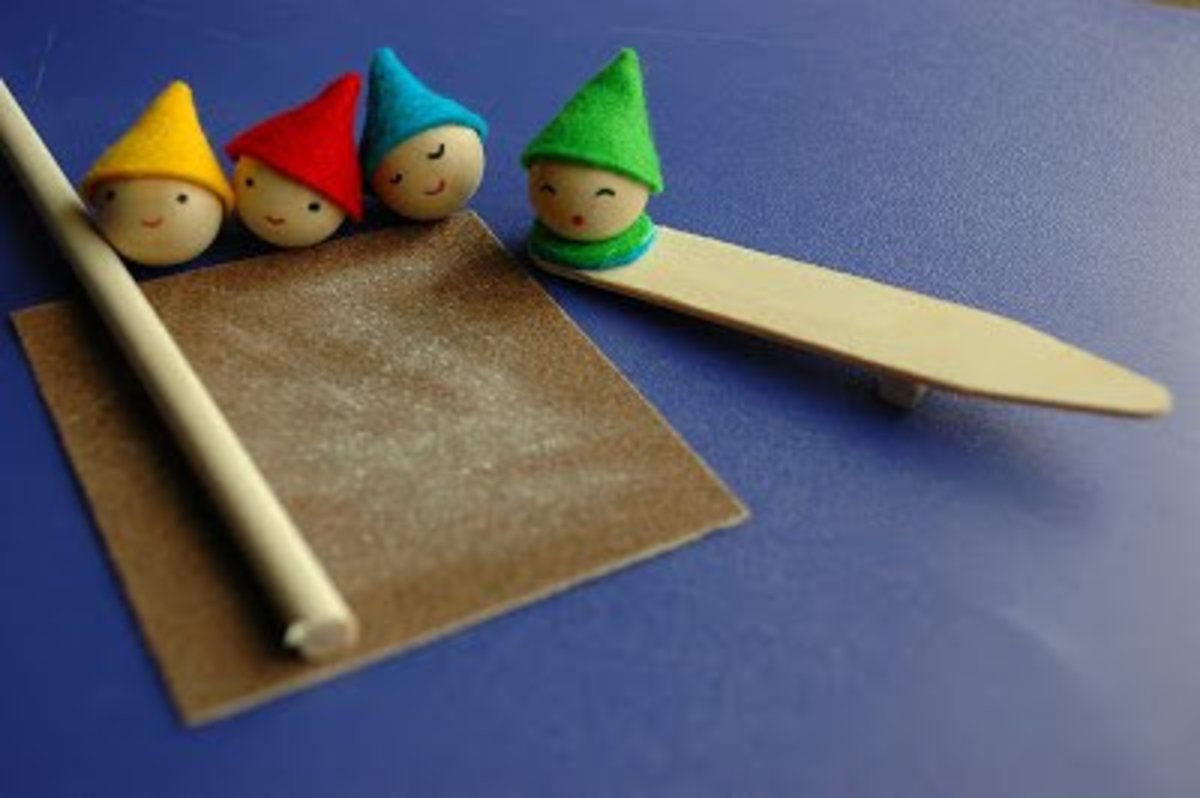The Best Approach to Viewing Art by Nicholas Nociforo
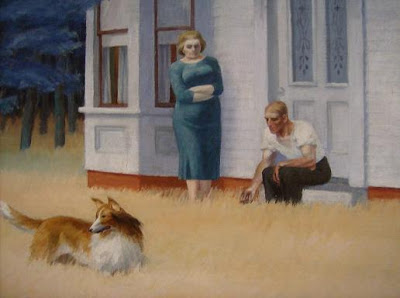
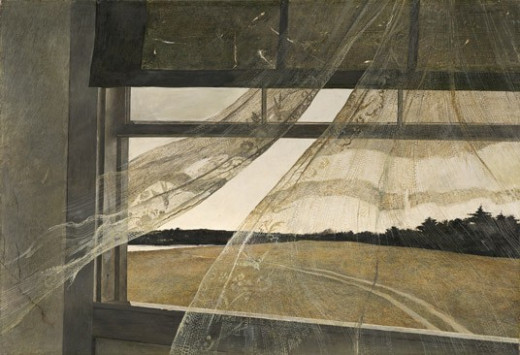
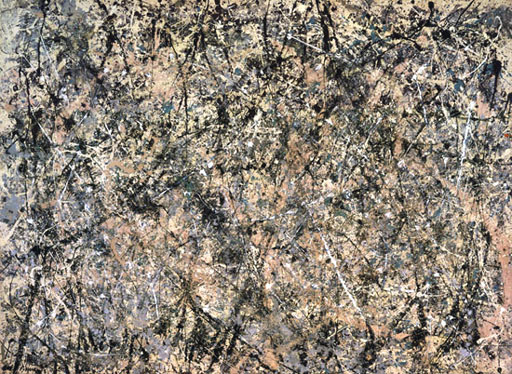
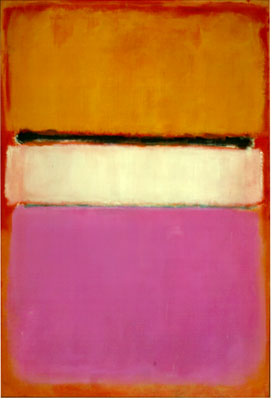
Approaching a work of art can be a convoluted endeavor that usually begins with asking ourselves what does this mean? what is it all about? Making sense of some of today's conceptual art can be an effort knowing that only in the mind of an artist could two plus two equal blue, and though the creative process starts in the mind of the artist, what he or she gives us can only be realized by the connections we make with the work. These connections are less dependent on information the artist gives us, but so much more depends on the experience and knowledge we bring to it.
Imagine a tourist, hungry for culture but ignorant of contemporary art visiting the National Gallery in Washington DC. He may have an instant connection with the works of Andrew Wyeth or Edward Hopper and yet be completely bewildered when viewing a Pollock or Rothko. Upon primary observation, Wyeth’s, Wind from the Sea, 1947 and Hopper’s Cape Cod Evening, 1939, provide easily digestible imagery for our tourist who connects with these works, maybe sharing the feelings portrayed by the artists through the work without being able to understand or articulate the more sophisticated nuances that make these works really special.
As our visiter wanders over to the modern art section, Jackson Pollock’s Number1, 1950 and Mark Rothko’s White Center, 1950 can be more perplexing, so what he brings to these works in order to better understand what he is looking at is even more essential.
The one resource intrinsically available in his approach to art is the aesthetic, which is the concern with beauty or the appreciation of beauty, but more importantly “his” interpretation of what is “beautiful” What our visitor finds beautiful is a subjective inquiry formed by his past experiences and world view, and his intuitive response to any work of art can only come from within the subconscious.
“ happiness in life is predominantly sought in the enjoyment of beauty, wherever beauty presents itself to our senses and our judgement - the beauty of human forms and gestures, of natural objects and landscapes and of artistic and even scientific creations…The enjoyment of beauty has a peculiar, mildly intoxicating quality of feeling.” Sigmoid Freud
Freud associates the aesthetic with “feeling of the beautiful” “enjoyment of beauty….the beauty of human forms and gestures.” We can apply Freud’s theory to Hopper and Wyeth who both deliver images that are not at all unfamiliar even in our modern day lexicon. Hopper’s Cape Cod Evening, gives us a quite afternoon in the back yard with the family dog at dusk, and Wyeth’s Wind from the Sea, we can almost feel the cool breeze blowing through an open window witnessed by disruption of a curtain sheer. These images evokes a sense of the nostalgic, which according to Dr Constantine Sedikides, mixes memory with affect and desire.
“Nostalgia made me feel that my life had roots and continuity. It made me feel good about myself and my relationships. It provided a texture to my life and gave me strength to move forward.”
This “feeling” good about oneself and relationships, of roots and continuity and strength is a strong emotion that we can connect with in Wyeth’s and Hopper’s paintings. The warm setting sun light on the tall grass, the male and female figures quietly, passively watching, tickles our curiosity, leaving us to supply our own narrative. We need not know what has transpired to enjoy experience.
Narrative is another important facet of the aesthetic approach. The “story” is a way of understanding the world and provides the connection between viewer and art. The development of the contemporary art scene has seen the narrative become obsolete in the eyes of many artists, collectors and investors. One of the reasons for this is that people have come to view the narrative as being indicative and representative of an indulgent and decorative approach to fine art that is somehow not "intelligent" enough and not in keeping with the complex visual language that contemporary artists seem to be obsessed with. The beauty of painting is found in the feelings it evokes through use of nostalgia, color and narrative.
Which of these elements can we apply to the works of Rothko and Pollock. I would say all. Both Rothko and Pollock make strong use of color. Color does affect how we feel and our feelings about color are often deeply personal and rooted in our own experience or culture which draws on the nostalgic. “Colors, like features, follow the changes of the emotions”. - Pablo Picasso
And there exists a narrative, not between forms in the shape of human figures but between pure forms. If our tourist allows himself freedom from traditional ideals of conventional imagery, then Rothko’s color field painting and Pollock’s drip paintings are pure color which evoke feelings on the subconscious level thus exploring the nostalgic and the narrative relationship between these forms that may not be fully realized or easily articulated on the conscious level. It is all subjective. What we bring to the work is what we get from the work. Freud might be tempted to suggest that beauty is the light that shines in the very confrontation of the conscious with the unconscious, and the intoxicating emergence of a truth (not a substitute feeling) that we find there.
In the beginning of this essay, I confessed to my own difficulty in connecting with much of today's conceptual art. As a painter, I make images that questions myself and the world around me, but conceptualism is concerned with questioning the concept of art itself. Considering that impressionism and every “ism” that preceded “Conceptualism” questioned the concept of art and the notion that art should examine its own nature was already a potent aspect of the influential art critic Clement Greenberg's vision of Modern art during the 1950s. So this concept is not a novel, but somewhere along the way, the aesthetic as represented here by color, nostalgic and narrative was abandoned and replaced by theoretical explanations. Conceptualism, is art in which the concept(s) or idea(s) involved in the work take precedence over traditional aesthetic and material concerns.
With the emergence of an exclusively language-based art in the 1960s, however, conceptual artists such as Joseph Kosuth, Lawrence Weiner and the English Art & Language group began a far more radical interrogation of art than was previously possible. One of the first and most important things they questioned was the common assumption that the role of the artist was to create special kinds of material objects. It can be difficult to navigate through this new art with and aesthetic lacking in the understanding of the artist intent or without the aid of the critic’s translation, so an intellectual, systematic and more methodical approach is needed. The premise of this essay is that we get from the art what we bring to it. And despite what the critics and the art world consider good art or bad art is all useless and subjective because what we get from art is all held hostage to our own aesthetic.
Work sited:
Freud on Beauty, by Joe Balay, August 31, 2010 http://www.personal.psu.edu/cpl2/blogs/TheLongRoad/about/
“What Is Nostalgia Good For? Quite a Bit, Research Shows” by John Tierney, New York Times, July 8, 2013
The Rival of the Narrative in Contemporary Art, Nicholas Forrest, artsy.net
Tony Godfrey, author of Conceptual Art (Art & Ideas) (1998), excerpts on Wikipedia “Conceptual Art”






